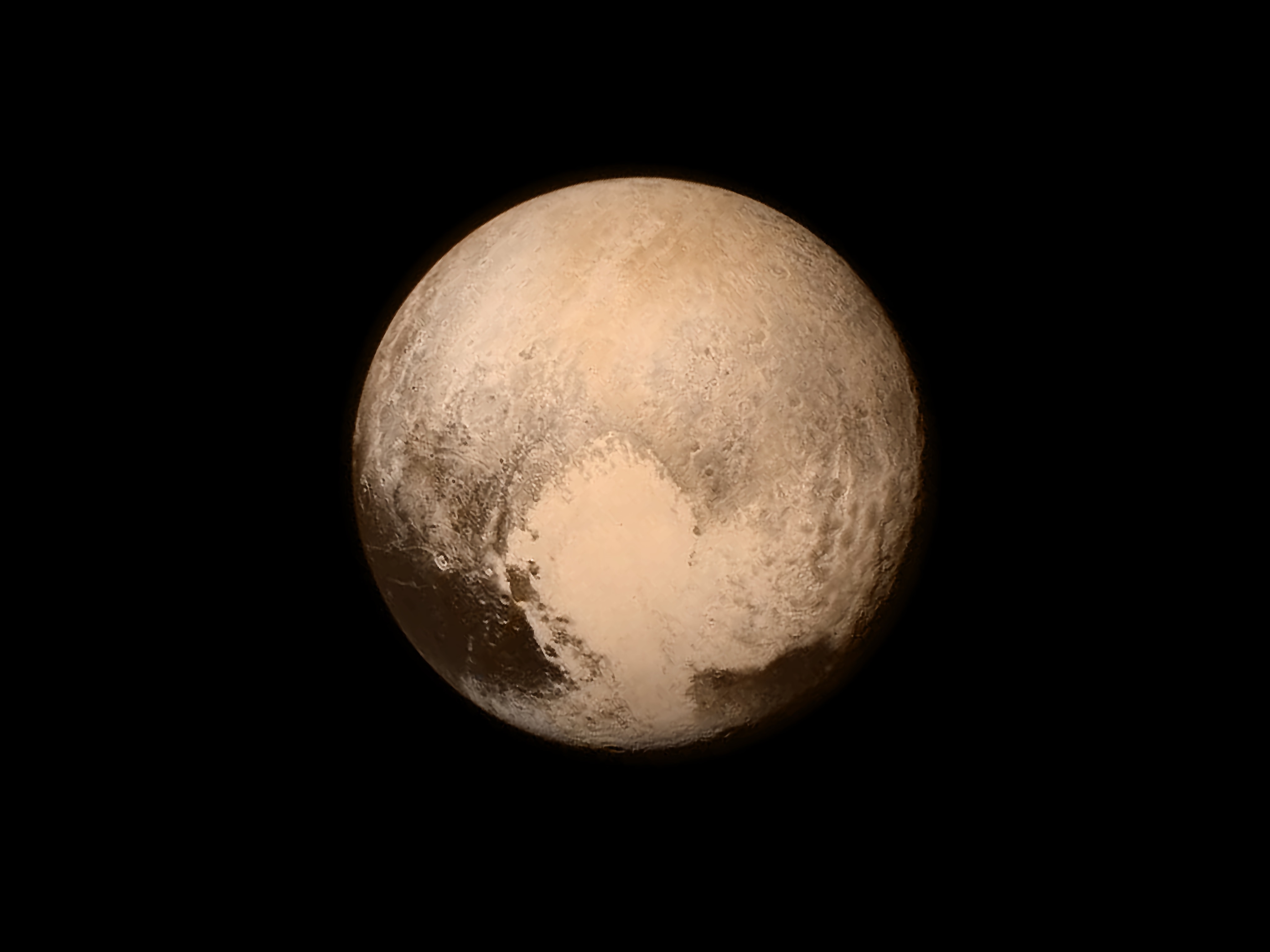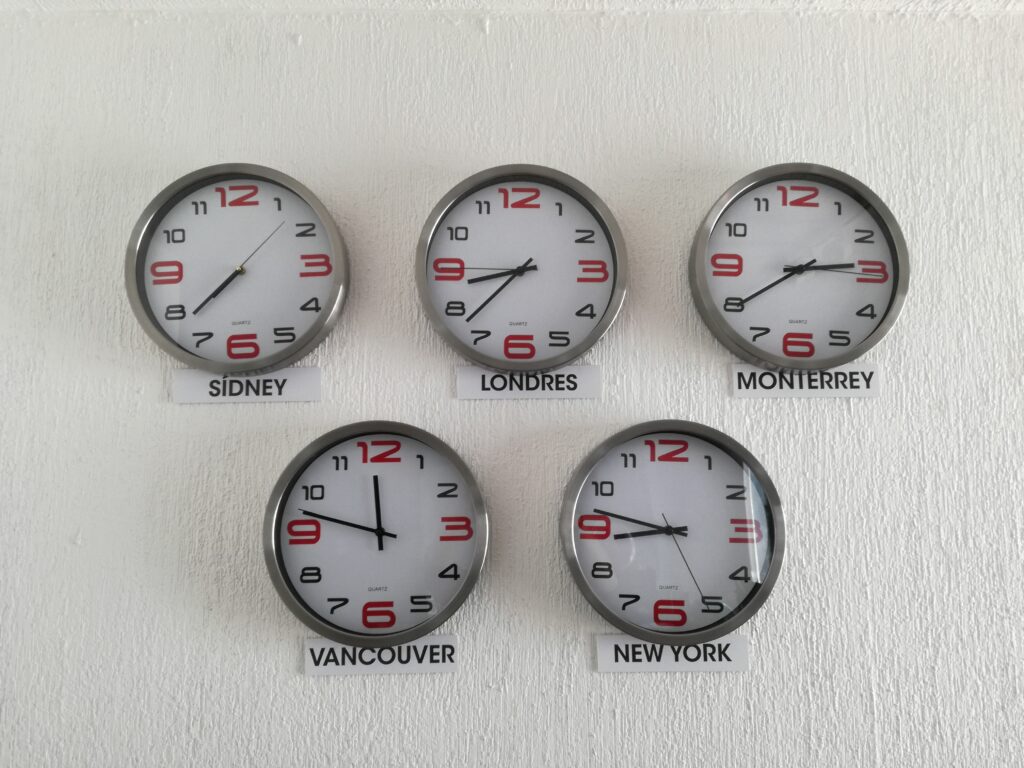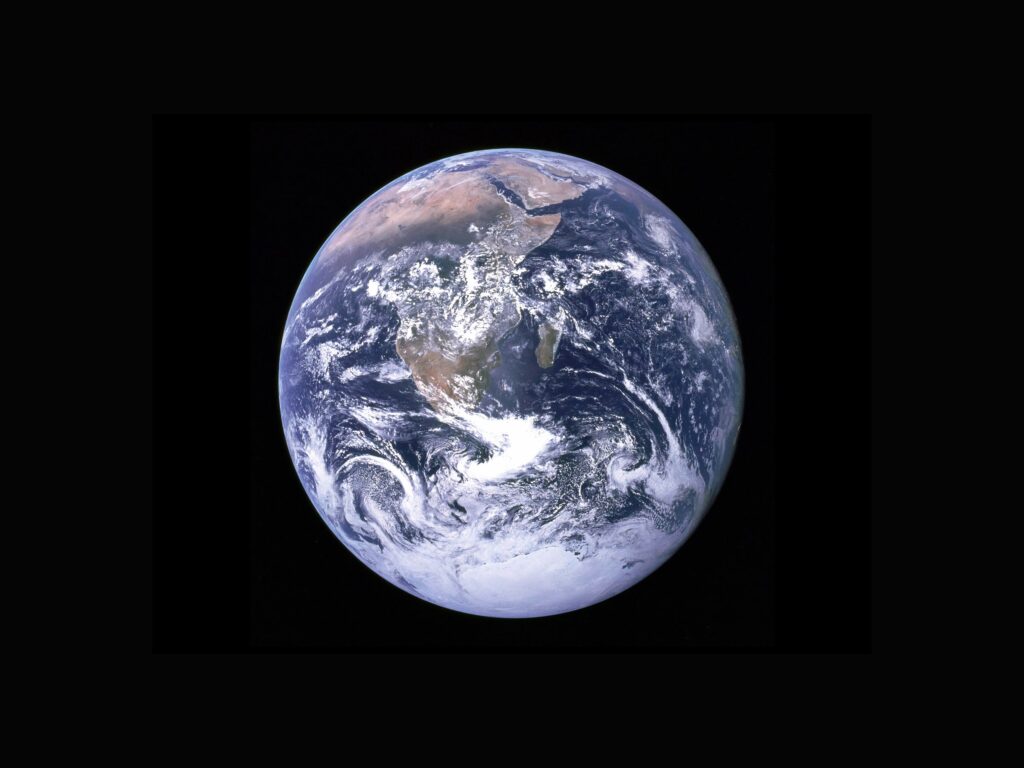Marianne Pickles wonders what’s happening now on Pluto (and Centauri Prime).
⭐ If you enjoy this article, join the Picklesverse community for all the latest news, early access, and exclusive content from Marianne Pickles. ⭐
Before I started writing my current novel, I thought of time as a cosmic heartbeat. A universal pulse, consistent all the way from Earth to the Andromeda galaxy and beyond.
Then I read physicist Carlo Rovelli’s The Order of Time, in which he states:
The ‘present of the universe’ is meaningless.
Woah. What? I think I need to read that again… the present of the universe is meaningless. OK. So, there’s no unifying present moment that stretches from one end of the universe all the way to the other? Crazy. Then, how does it work?
What’s happening now on Pluto?

In the book, Professor Rovelli uses the planet Proxima b as an example to illustrate his point. For the sake of variety, I’ll choose somewhere else. How about Pluto? After all, I feel kind of sorry for Pluto. Demoted from planet to ‘dwarf planet’ status. Cast out from all those school science projects. Then again, Neil deGrasse Tyson says we should ‘get over it’ because Pluto ‘had it coming’, and we all love Neil deGrasse Tyson. So in the spirit of getting over it, let’s not use Pluto as an example after all. Get lost, Pluto! Sulk around in the Kuiper Belt as much as you want – we don’t care!
Instead, let’s use the fictional planet Centauri Prime from my all-time favourite TV series, Babylon 5. Because why not?
So, what’s happening right now on Centauri Prime? Well, you would be entirely justified in saying ‘nothing at all because it doesn’t exist’. But nobody likes a spoil sport.
I don’t know how far it’s supposed to be from Centauri Prime to Earth. Apparently, the planet is explicitly not intended to belong to the Alpha Centauri star system, which is a little over 4 light years away. Let’s just pretend it’s 93 light years away for the sake of having a number.
A cosmic glass of brivari

Now… imagine that while you’re reading these words, there’s a Centauri alien out there raising a glass of brivari to their lips. Imagine these events are happening simultaneously: the reading and the drinking.
This concept makes sense in our imaginations, doesn’t it? Immediate, faster-than-light communication was a common occurrence in science fiction even before Ursula K. Le Guin brought us the ansible. If we made a bunch of alien friends, we’d want to be able to FaceTime with them. Or ProboscisTime, or whatever. But Rovelli says this idea doesn’t hold up in reality. And not just because I’m using a fictional example.
He explains that it’s just as nonsensical to ask questions like ‘What’s happening now on Centauri Prime?’ as it would be to ask ‘Where’s here in Malaga?’ when you’re currently in Edinburgh. Malaga and Edinburgh are different places. Calle Larios can’t be ‘here’ if you’re standing on Buccleuch Street. (If it feels like I’ve chosen those examples just to exercise your mental pronunciation skills, I admit nothing).
The point is: if light takes 93 years to travel between Earth and Centauri Prime, it means that there can’t be a ‘now’ that’s common to both places because any events happening in those two locations have no way of interacting with each other. Same goes when we talk about Proxima b. And poor old downtrodden Pluto. Those places aren’t just somewhere else. They’re somewhen else, too.
How big is now?
According to The Order of Time, ‘now’ is a concept which, from the perspective of humans, can only really apply to the planet Earth and no further. He sums it up like this:
Our ‘present’ does not extend throughout the universe. It is like a bubble around us.
So what’s happening now on Centauri Prime? Or Pluto? Well, what colour is the sound of a grapefruit? It’s a question that doesn’t make sense. Our only now is the one inside the bubble of time that applies to planet Earth.

Earth time
It’s worth pointing out that fans of Babylon 5 may remember one well-loved Centauri bemoaning his people’s decline in political status in comparison with ‘the Earthers’ during the pilot episode:
See the great Centauri Republic! Open nine to five: Earth time.
Ambassador Londo Mollari
Not to distract from the tragedy of Londo’s disillusionment, but the concept of ‘Earth time’ is an interesting one which feels like it could have practical benefits. Many people these days work with colleagues from across different time zones. A few months ago, I recorded a podcast from the UK with someone who was in New Zealand and someone else on East Coast time in the United States. Needless to say, finding slots when we were all awake and available was quite a challenge. And there’s always that risk that somebody could accidentally turn up an hour late or early, especially with daylight savings time in the mix.
Having an ‘Earth time’ would be useful for things like that: we could all just use the same, consistent time zone to avoid confusion. But how would we choose what to use as the standard?

Co-ordinated Universal Time (UTC)
Well, as it happens, we do actually have an ‘Earth time’ already. It’s called UTC, which stands for Co-ordinated Universal Time. It’s used in scientific collaboration, legal documents, navigation… in any context where there’s a pressing need for a standard time which applies to our planet as a whole, and doesn’t change with daylight savings time. I keep running into people who’ve never heard of it, so I thought I’d mention it here. (Why I bring it up with people in the first place is a question I’ll leave open to your imagination.)
The name UTC reflects the combination of two types of time measurements. ‘Universal Time’ was a standardised global time that was calculated based on the Earth’s rotation in relation to other celestial objects, but this method was found to be somewhat imprecise due to Earth’s tendency to wobble about. So fancy atomic clocks were brought in to impose more consistency, hence the ‘co-ordinated’ part.
Amusingly, English speakers wanted UTC to be called CUT (Co-ordinated Universal Time), and French speakers wanted it to be called TUC (Temps Universel Coordonné), so UTC was the compromise. (I would have loved to be a fly on the wall when they were having that discussion.) In military and aviation contexts, UTC is sometimes also referred to as Zulu Time, after the final letter of the NATO phonetic alphabet.
So the next time you have to meet up with people from across different time zones, why not communicate the time to them in UTC? Better yet, call it ‘Earth Time’. What could go wrong?

The shape of time
There’s one more time-related thought I’d like to leave you with today. In one episode of the sci-fi comedy web television series Red Versus Blue, there’s a moment when Church says that he didn’t want to mess with the timeline, and Caboose responds with the following words of wisdom:
Time… line? Time isn’t made out of lines. It is made out of circles. That is why clocks are round.
Michael J. Caboose
Well, I’m sorry to tell you this, Caboose, but here’s another bombshell revelation from Rovelli’s The Order of Time:
Time is ‘made of cones.’
I’ll leave you to ponder that. I’m off to get an ice cream.

⭐ If you enjoyed this article, join the Picklesverse community for all the latest news and exclusive content from Marianne Pickles. ⭐